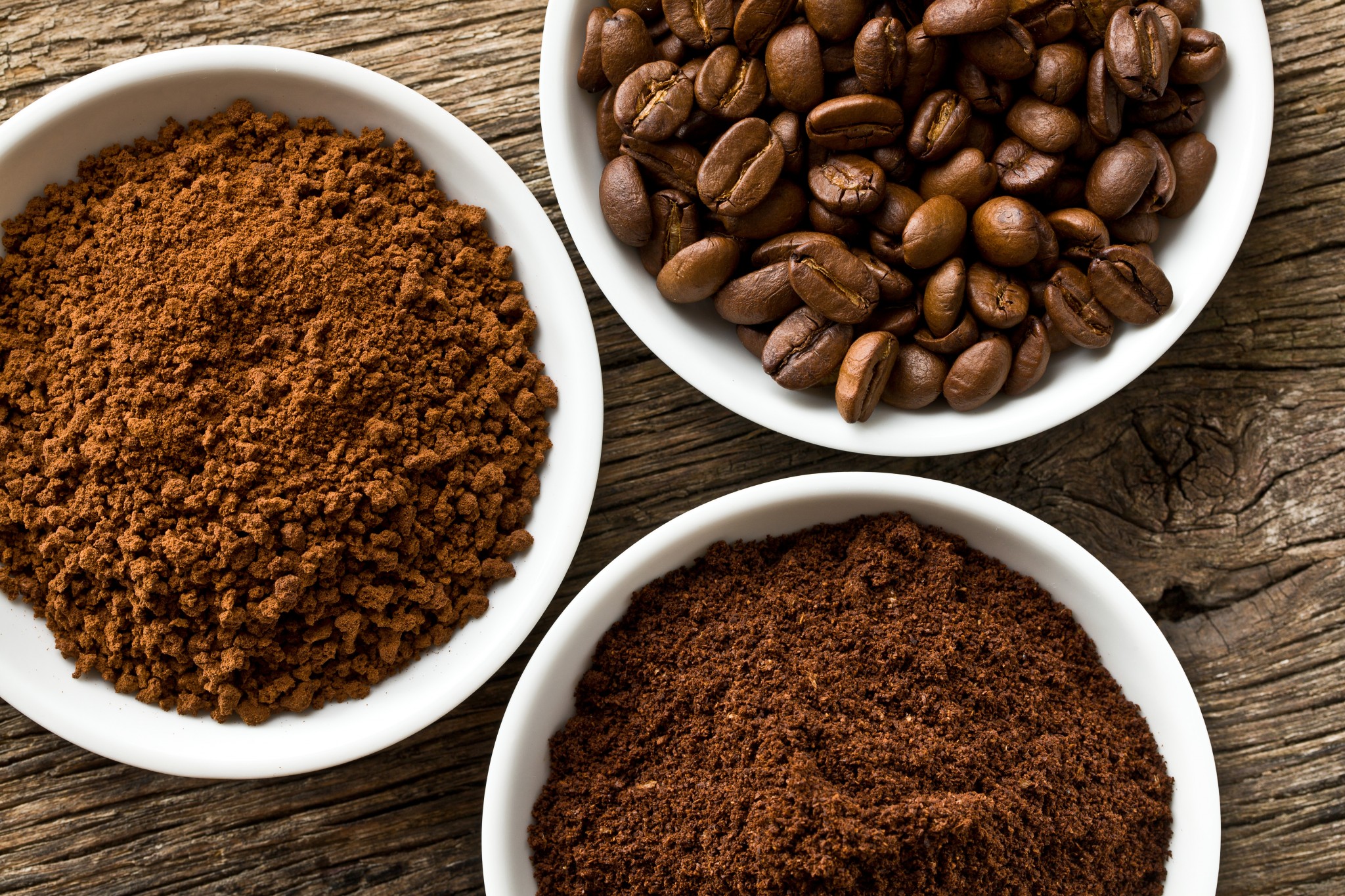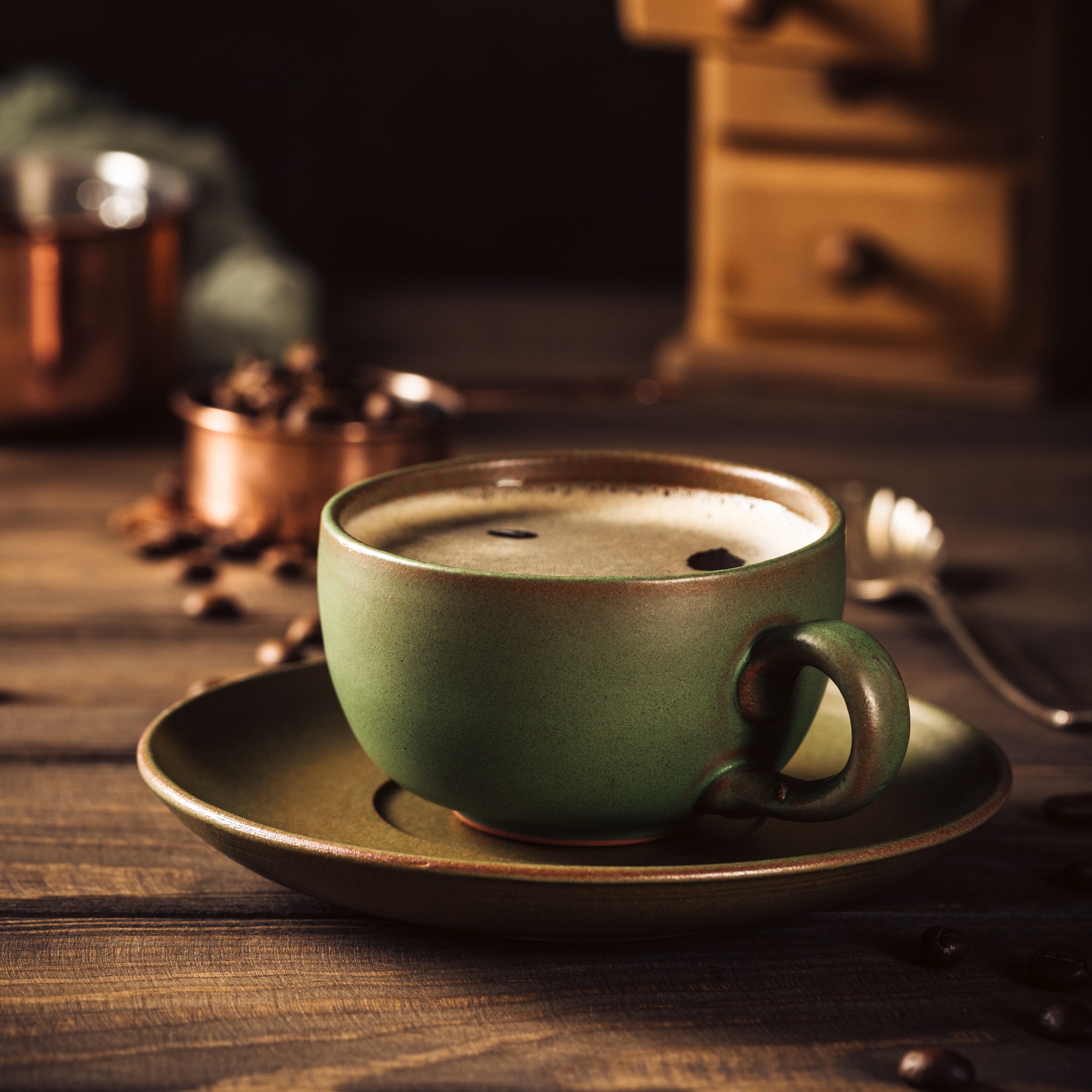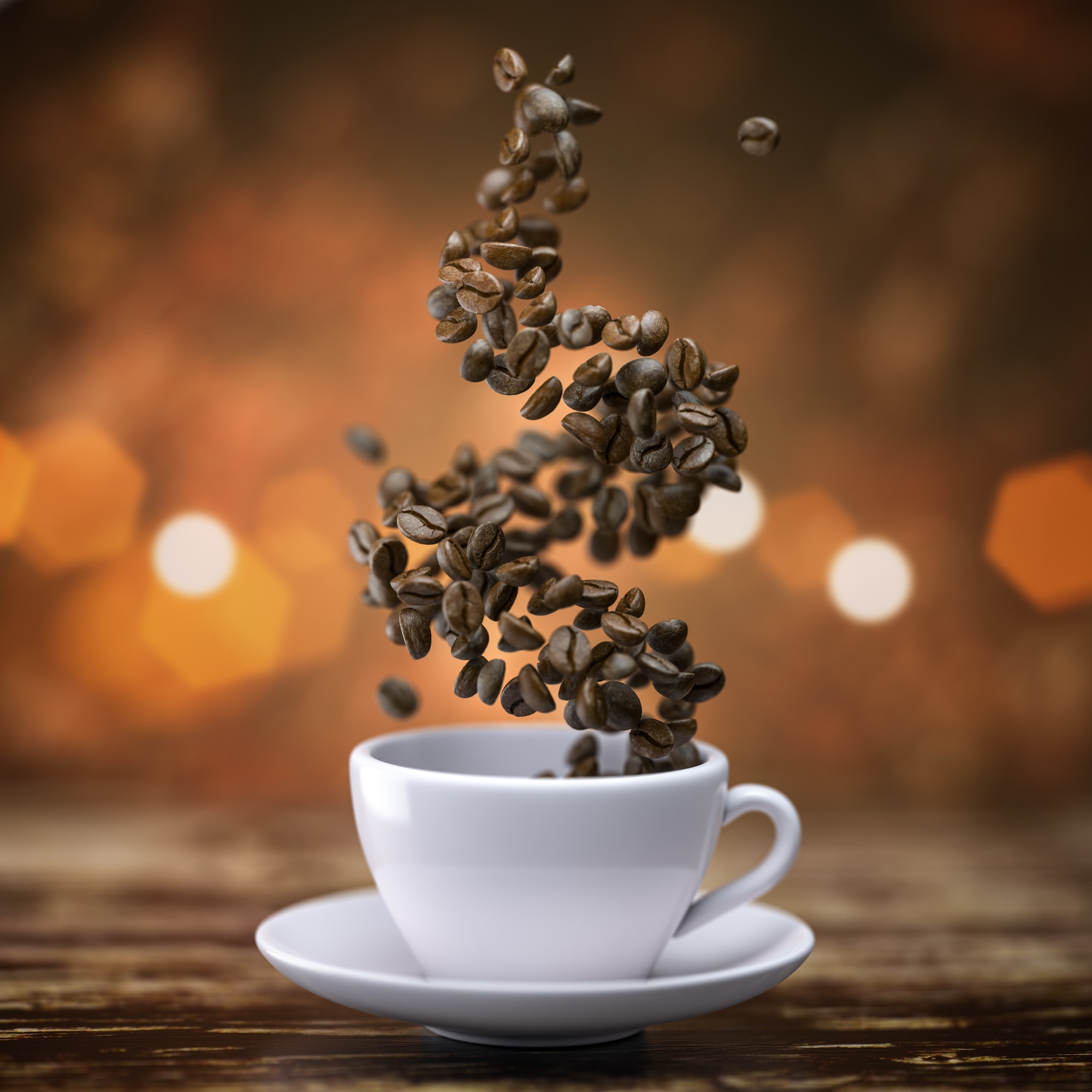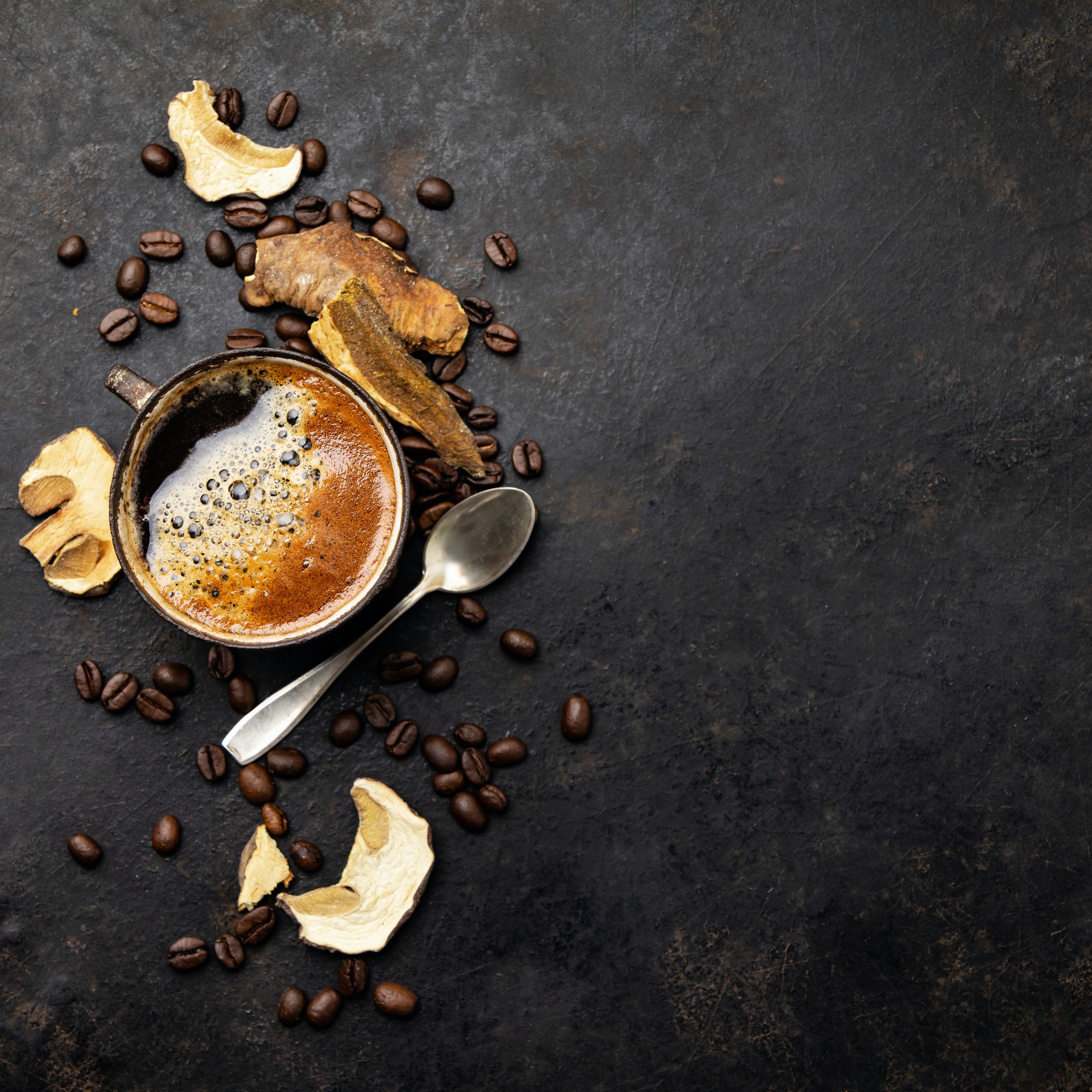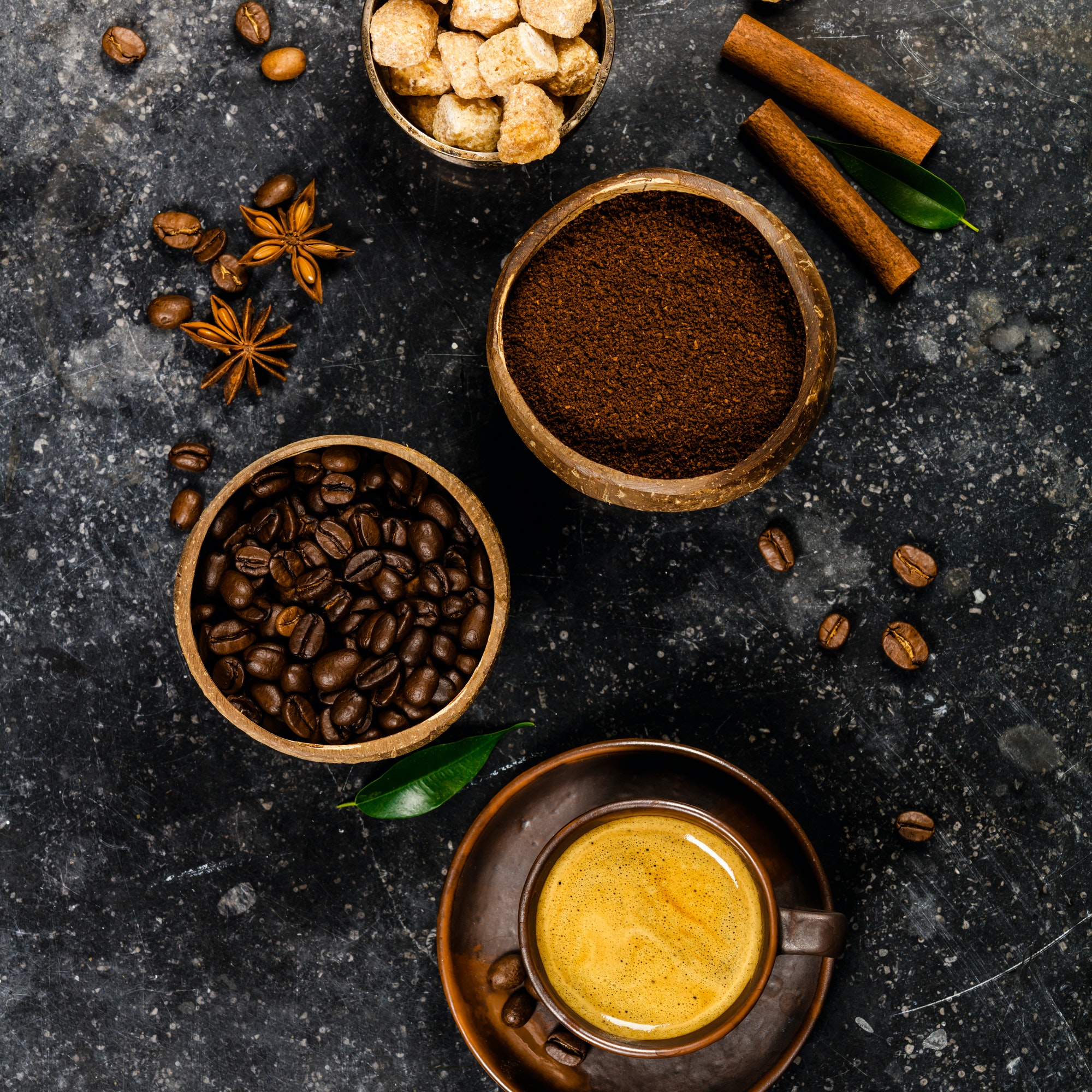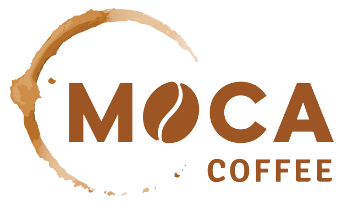What is Pure Coffee? How to Identify Clean and Pure Coffee for Coffee Enthusiasts
What is Pure Coffee?
Are you a coffee enthusiast or just a casual drinker? Many people may not clearly understand the difference between blended coffee and pure coffee. Let’s explore pure coffee with Moca Coffee in this article!
1. What is Pure Coffee?
Pure coffee is coffee made from 100% roasted and ground coffee beans, without any impurities or additives. The production process of pure coffee includes basic steps such as harvesting, drying, roasting, and grinding into fine powder.
Pure Coffee Powder:

To make it convenient and quick for customers, coffee brands grind coffee beans into powder ranging from coarse to very fine, depending on customer needs:
- Coarse grind: Coffee beans are ground into large pieces, typically used for French Press (French-style coffee).
- Medium grind: Coffee beans are ground smaller than coarse grind but still relatively large, suitable for drip coffee makers or Vietnamese phin coffee.
- Fine grind: Coffee beans are ground even finer, similar to flour, suitable for espresso machines.
- Extra fine grind: Coffee beans are ground very finely, almost like powder, typically used for Turkish coffee.
Pure Coffee Beans:
To gain absolute trust from customers in clean, pure coffee products, the coffee market also offers pure, whole coffee beans for customers to grind and brew as desired. Buying whole coffee beans and grinding them yourself for brewing is an exciting experience for coffee lovers.

2. How to Identify Pure Coffee
2.1 Pre-Roasted Coffee Beans
Pure coffee beans after roasting have a uniform shape and a slightly shiny surface due to the oil released from the beans. This oil differs from other impurities like butter or additives in that it is not sticky or greasy and can be easily detected by smell.
2.2 Moisture
Pure coffee has low moisture content, feels dry to the touch, and does not stick to the hand. In contrast, coffee mixed with butter and additives often has high moisture content and tends to clump, sticking together when squeezed.
2.3 Color and Aroma
- Color: Pure coffee powder has a dark brown color, not too black. When brewed, the coffee has an amber or chestnut brown color.
- Aroma: Pure coffee has a strong, natural aroma without any chemical or artificial scent. Although the aroma diminishes when exposed to air, it still retains a rich scent when brewed.
2.4 Texture
Pure coffee powder has high porosity, does not clump when squeezed, and floats on water. In contrast, dirty coffee powder mixed with impurities often has a deep black color. Mixed powders like corn or soy cannot produce the chestnut color of pure coffee, so they are often roasted very dark to blend in, making it difficult for users to recognize.
2.5 Coffee Water
- Color: Pure coffee water after brewing has an amber or chestnut brown color. When cooled, it does not have much sediment.
- Clarity: Pure coffee water is usually clear, not cloudy.
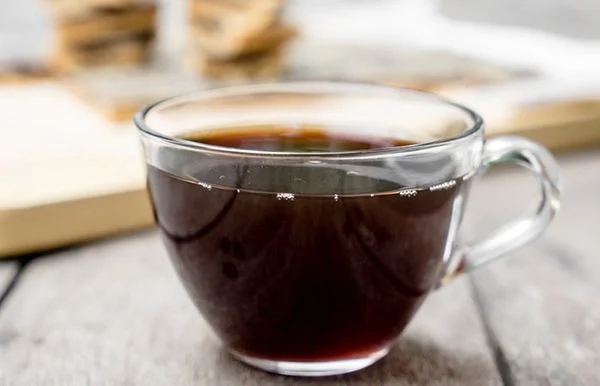
2.6 Coffee Taste
Pure coffee has a natural bitter taste with a sweet aftertaste. When drinking, the bitterness gradually fades, leaving a pleasant aftertaste. Many people mistakenly believe that long-term use of poor-quality, fake coffee with impurities like corn powder and flavoring is normal. However, once accustomed to pure coffee, they will find it smooth and appealing.
2.7 Testing with Water
Add a small amount of coffee powder to water and stir. Pure coffee will float on the surface and does not dissolve immediately. If the coffee contains impurities, it will sink and dissolve quickly in water.

3. Popular Types of Pure Coffee
3.1 Arabica Coffee
- Characteristics: Arabica coffee beans are oval-shaped, larger than Robusta beans. Arabica coffee has a light sour taste, mild aroma, and sweet aftertaste.
- Origin: Mainly grown in the highlands of Brazil, Ethiopia, Colombia, and Vietnam (especially Da Lat, Lam Dong).
- Suitable for: Often used for espresso or phin coffee.
3.2 Robusta Coffee
- Characteristics: Robusta coffee beans are round and smaller than Arabica beans. Robusta coffee has a strong bitter taste and higher caffeine content than Arabica.
- Origin: Mainly grown in the plains and midlands of Vietnam (such as Buon Ma Thuot, Dak Lak), Indonesia, and African countries.
- Suitable for: Often used for phin coffee, espresso machines, and instant coffee production.
3.3 Culi (Peaberry) Coffee
- Characteristics: Culi coffee beans are round because each coffee cherry contains only one bean instead of two. It has a richer flavor compared to Arabica and Robusta.
- Origin: Can be Arabica or Robusta beans but with a special shape.
- Suitable for: Phin or espresso brewing.
3.4 Cherry (Liberica) Coffee
- Characteristics: Cherry coffee beans are large, yellow when ripe. Cherry coffee has a slightly sour taste, light aroma, and less bitterness.
- Origin: Mainly grown in the highlands of Vietnam such as Da Lat, Lam Dong.
- Suitable for: Those who prefer a light sour taste and distinctive aroma.
3.5 Moka Coffee
- Characteristics: Moka coffee beans are a type of Arabica but have a unique flavor, with a light sour taste, enticing aroma, and sweet aftertaste.
- Origin: Mainly grown in Da Lat, Lam Dong.
- Suitable for: Phin or espresso brewing, often used in premium coffee shops

